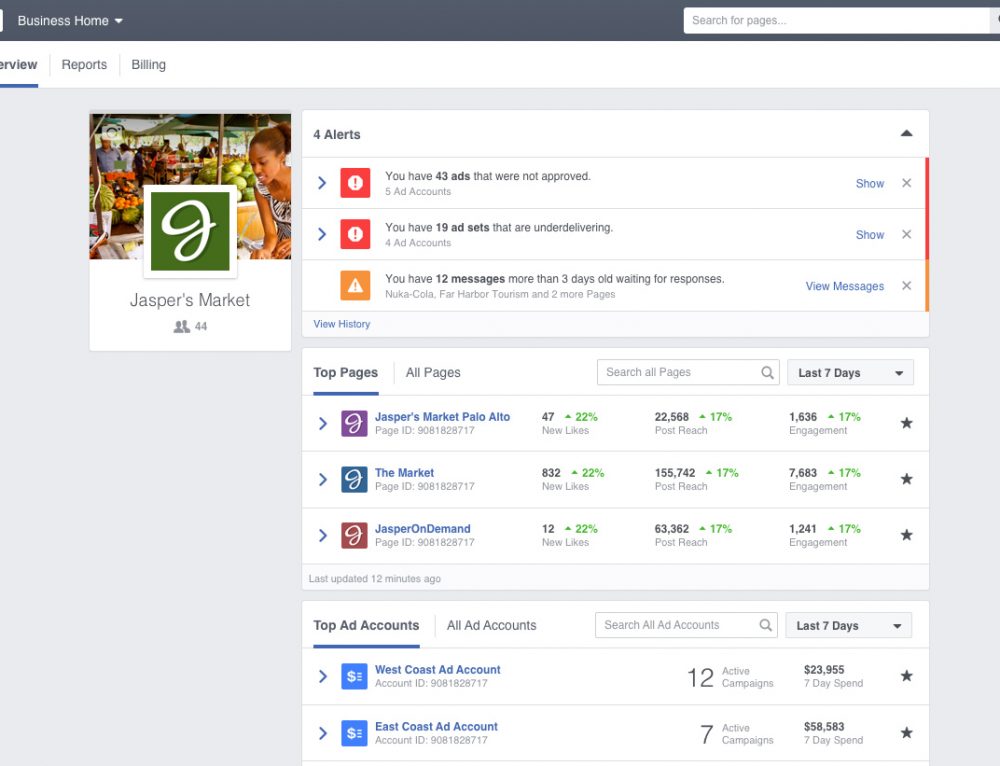
When your brand serves customers across different demographics, regions, and even different countries, it can be tempting to become a chameleon. Setting up businesses all over the world means that there will be small changes here and there to fit in with the country, for example, an American business setting up in England will need to fit in with the regulations of their chosen area, such as installing Alarm systems UK within their stores and using British security-based systems, these are just to name a few. A jump overseas or ‘next door’ does not mean things will completely change though, there needs to be consistency in the main areas which we will discuss further.
Just imagine a chain of restaurants where the menu changes drastically once you cross state borders. That would be a jarring experience, right? The same principle holds for messaging. By adapting your message and offering to every cross-section of customers, you try to please everyone. But such a muddled and contrasting approach only serves to harm your brand.
Don’t change your colors. Here’s why businesses need to deliver a consistent message, even across different demographics and regions.
Consistent Messaging Is Rare (But Powerful)
MaryPat Kavanagh, an author, speaker and marketing coach, believes that “regular and consistent messaging is the best and often the least-utilized method of communicating your brand.” Consistent messaging creates significant brand awareness that means customers are more likely to remember you when they research or purchase your product or service.
Yet many companies err by constantly changing and updating their messaging in a bid to stay relevant with their target audience, says Firas Kittaneh, the CEO of Amerisleep. It rarely works. “This only ends up confusing their audiences. Instead, businesses should stay consistent with their messaging in order to build a timeless brand. Avoid getting caught up in current events and viral topics. Rather, you’ll want to tell a story that will always resonate with your customers.”
Few companies are clear on their branding, and this is having a real impact on their business, writes Tracy Leigh Hazzard, CEO of Hazz Design. Citing data from a Lucidpress and Demand Metric report titled “The Impact of Brand Consistency,” Hazzard notes that nearly two-thirds of brands don’t stick to their own guidelines. The brands that are consistent, however, are three to four times more likely to achieve excellent brand visibility and enjoy an average revenue increase of 23 percent.
The More Messages You Create, the More You Dilute Your Brand
Multi-site business must respond to the unique customer needs and circumstances of each site and each storefront. That’s to be expected. If a company in Colorado, for example, has sites in Denver, Boulder, Longmont and Colorado Springs, it’s going to serve communities with diverse needs and expectations.
But the company’s core messages – the brand and the values that brand stands for – shouldn’t fluctuate across sites. The Boulder and Colorado Springs sites need to communicate the same core brand messages. Don’t compromise your message because you think you can bend it to both communities.
Brands that fail to apply a consistent message risk diluting their brand identity, writes Inventours CEO Michelle Greenwald. “There is a definite trade-off between target message relevance emphasis, and the indelibility of yesteryear’s consistently repeated messages to broadly defined targets.” Many brands risk irrelevance by creating micro-brand positions that aim to target smaller and smaller customer segments. That’s why condensing messaging as much as possible is one of the most important yet difficult tasks for marketers.
A succinct, well-thought-out message has a lot of benefits, says leadership coach Divya Parekh. “It reinforces your core values, mission objectives and vision and serves as a vehicle to teleport your brand to the right audience. It gives a unique personality to your brand and allows you to align your content, portfolio, sales and marketing endeavors accordingly, so your brand bears a consistent and uniform persona throughout the market.”
Putting in the work to strengthen your brand’s message “isn’t easy, but it’s well worth the effort,” writes personal branding expert William Arruda. Leading brands like Adobe and Walmart do this to great effect with the help of style guidelines that cover every aspect of their messaging. Even if you have no intention of growing your company to that size, it’s still important to make consistent messaging a priority.

Consistency Is Even More Important in an Omnichannel World
As more marketing moves online, the need for a clear and consistent message is increasing.
This is the digital version of the multi-site messaging problem. Just as the Colorado business should communicate the same values to residents of Boulder and Colorado Springs, any company operating online should communicate the same values to Pinterest users and Instagram followers.
“In an omnichannel world, you must stay on message,” writes OnMessage’s James O’Gara. If the people involved with your company’s brand aren’t working from the same playbook, your customers are going to have a fragmented and confusing customer journey. Remember: understanding customer journey mapping is an integral part of your business and customers can access your brand through multiple channels and see every message you put out.
Customers take many different paths to your brand, writes B2B marketer Pam Didner. “Therefore, it’s important to deliver consistent messaging across channels that your company uses for outbound marketing efforts.” That doesn’t mean saying the same thing over and over again, however. It means adapting your core message to different formats and audiences.
Alltopstartups founder Thomas Oppong also believes that consistent messaging across every channel is crucial if you want to develop a strong brand identity that connects you to your audience and builds a loyal following. “Your communications doesn’t have to look exactly the same, far from it, but you should strive for visual cohesion. That cannot be overemphasized.”
Presenting the same message across a variety of media can be very powerful, writes Jeremy Brandt, founder and CEO of WeBuyHouses.com. “We know that a consumer starts to remember a brand after about seven ‘touches.’ We’ve found it’s actually even more powerful when those touches occur across a range of media-for example, if the consumer sees your TV ad, sees you at the top in a Google search, spots one of your billboards and later sees a Facebook display ad with your pitch.”
How to Deliver a Consistent Message
One of the reasons brands struggle with creating a consistent message is because companies either don’t have guidelines in place or no one checks that messages conform to them if they do, says Heidi Zak, cofounder and co-CEO of ThirdLove. “You can solve that problem by investing in your brand as early as possible to develop guidelines and repetition in your messaging.”
Developing a consistent customer experience starts with developing a universal voice that works across your industry, writes HubSpot’s Carly Stec. “Consider brainstorming a list of adjectives that you’d like your brand to project in your day-to-day posts and interactions. Whether you’re aiming for welcoming and educational, or relaxed and thoughtful, defining your tone makes it easier to implement.” Stec recommends brands look at their websites and products for inspiration, but to also consider the people who use their products or services, this is made easier when companies use things like knowledge base software so that they can better track and communicate with colleagues and customers.
“It’s impossible to develop a successful brand messaging strategy if you don’t know who your messages are aimed at,” warns growth marketer Sujan Patel. You need to know who your audience is, what they care about and the language they use. Patel also recommends being clear on your brand story and your goals before putting everything together in brand messaging guidelines that will help you maintain a consistent voice going forward.

A Consistent Message Needs to Be Backed up by Consistent Experiences
A consistent message rings hollow if you aren’t able to deliver customers a consistent experience every time they interact with your brand.
This can be difficult when your brand is distributed across the country or even the world, notes the team at CampaignDrive. “But that doesn’t make it any less crucial. Your customers need to trust that they’ll experience the same quality of service at every one of your franchise locations worldwide.”
There are many elements that combine to create a brand experience, writes the team at GoConqr. But your brand can be harmed if just one of these elements isn’t in harmony with the consistent message and image you’re trying to portray.
“The aesthetic aspects of a brand–signage, store design, logo consistency–convey a very important first impression. When you go out and you see the name and logo of a company on their shop face, you glance inside because you’re intrigued. Some companies might have even found some flagpoles for sale online and hoisted their logo up on one of them for everyone to see. This is where the customer immediately gets drawn in. Even something unusual makes them want to know more. However more likely than not, it is the intangible elements such as customer service and product quality that leave the more lasting impression. And unfortunately, that’s the most difficult part of managing.”
Keeping any part of your brand experience consistent isn’t easy when your business and customers are spread across a region or across the country. But therein lies the opportunity: In a world of chameleons looking to blend in, a multi-location business with a strong, clear and powerfully consistent message can really stand out.
Images by: Patrik Michalicka, William Hook, Square





